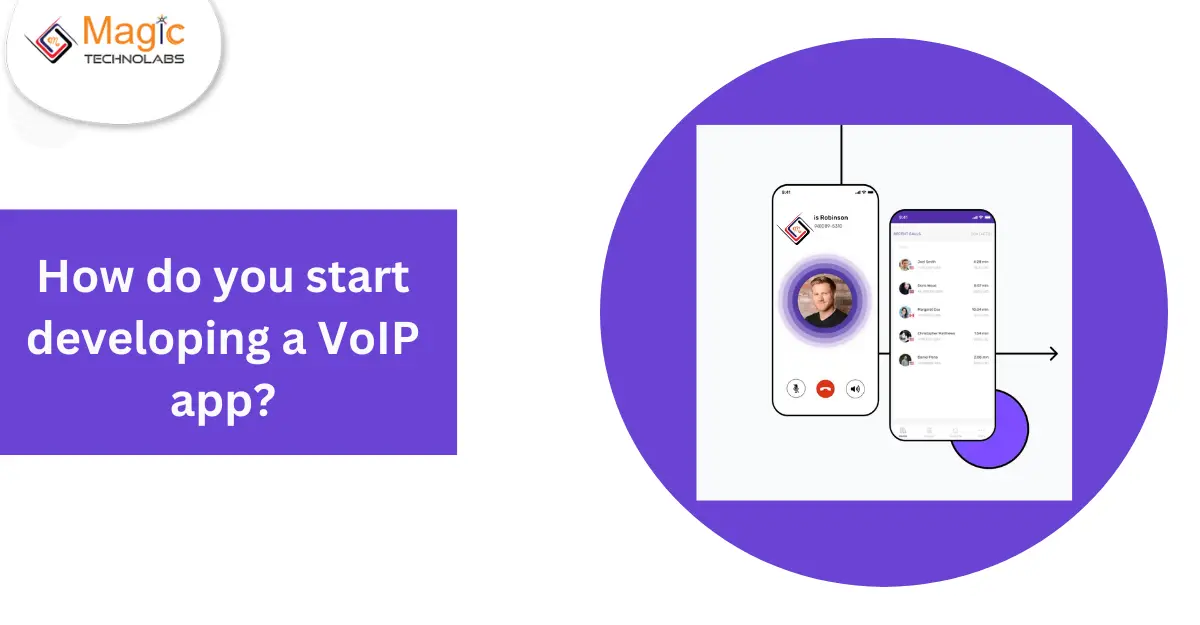Creating a VoIP app can be a rewarding endeavor, providing users with a seamless communication experience. To kickstart your journey in developing a VoIP app, follow these essential steps.
1. Define Your Objectives: Clearly outline the goals and purpose of your VoIP app. Understand the specific features you want to offer, such as voice calls, video calls, messaging, or even conference calls.
2. Choose the Right Technology Stack: Selecting the appropriate technology stack is crucial. Consider using WebRTC for real-time communication, and choose a robust backend framework like Node.js or Django. Additionally, decide on the programming language, database, and server infrastructure.
3. Design User-Friendly Interfaces: Prioritize a user-friendly design to enhance the overall user experience. Create intuitive interfaces for making calls, managing contacts, and accessing additional features. Ensure a seamless and visually appealing design across different devices.
4. Implement Secure Authentication: Security is paramount in VoIP apps. Implement secure authentication mechanisms to protect user data and communication. Use encryption protocols to safeguard voice and video calls from potential threats.
5. Integrate VoIP APIs: Leverage existing VoIP APIs to expedite development and enhance functionality. APIs like Twilio or Plivo can provide features like call routing, message delivery, and more. Ensure seamless integration to optimize the performance of your app.
6. Optimize for Different Platforms: Develop your VoIP app to be compatible with various platforms, including iOS, Android, and web browsers. This ensures a broader user reach and a consistent experience across different devices.
7. Test Rigorously: Conduct thorough testing to identify and resolve potential bugs or performance issues. Test the app on different devices, operating systems, and network conditions to ensure its reliability in diverse scenarios.
8. Implement Push Notifications: Enable push notifications to keep users informed about incoming calls or messages even when the app is not actively in use. This enhances user engagement and ensures timely communication.
9. Comply with App Store Guidelines: If you plan to release your VoIP app on app stores, adhere to their guidelines and policies. Complying with these standards ensures a smooth submission process and increased visibility for your app.
By following these steps, you lay a solid foundation for developing a successful VoIP app that delivers a seamless and secure communication experience to users.
















